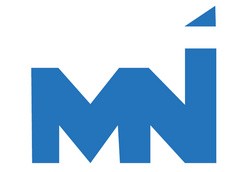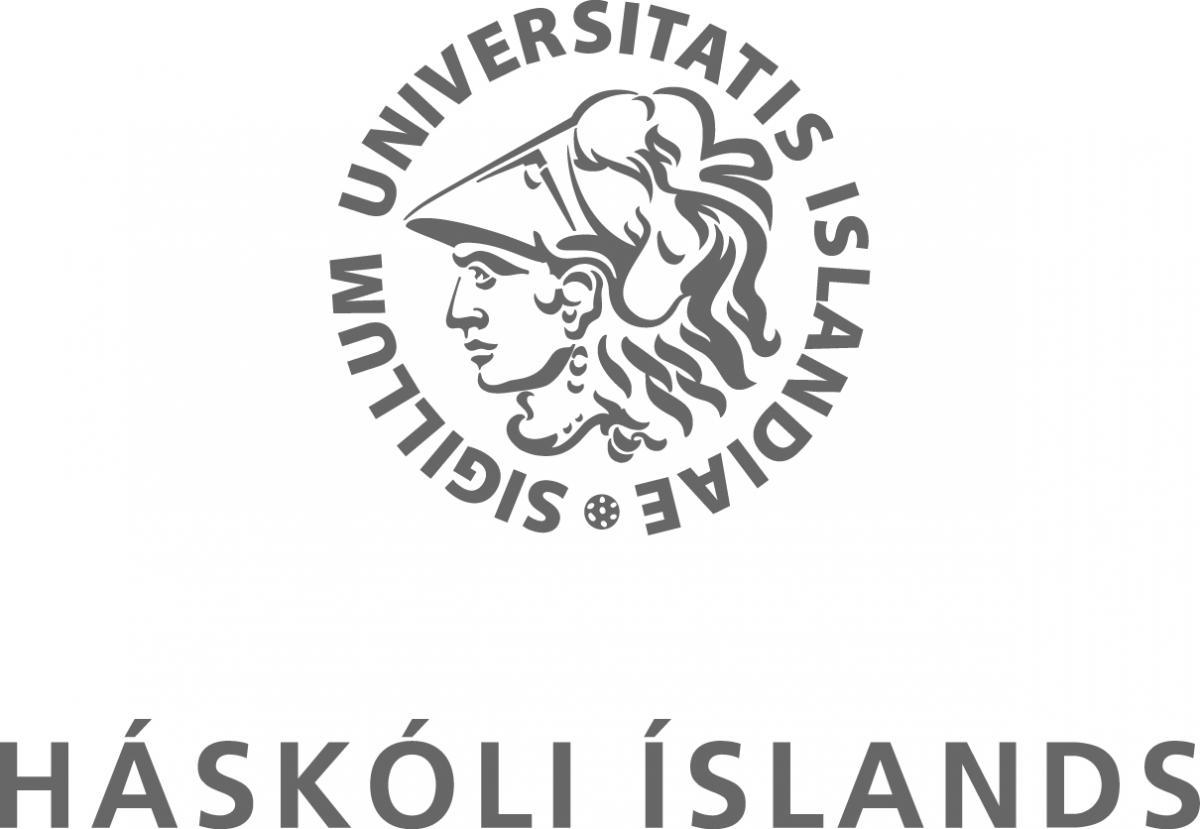The project "Healthier ready-made meat products" is now mostly completed. Matís, under the supervision of Emilía Martinsdóttir, was in charge of the project, which began in 2006.
The aim of this project was to use technical solutions to reduce the salt in processed meat products without changing their consumption quality.
Project manager was Emilía Martinsdóttir, Matís ohf.
Project title: Healthier ready-made meat productsProject manager: Emilía Martinsdóttir, Matís ohf., emilia.martinsdottir () matis.is
Type of grant: Project grant
Working period: 2 years, started in 2006
Grant: ISK 8,001 million kr.
Supervisor of Rannís: Lýður Skúli Erlendsson
Reference number of the Technology Development Fund: 061356
THE PROJECT WAS SHORT OF THE TECHNOLOGICAL DEVELOPMENT FUND.
Consumption of salt (NaCl) is much higher than the recommended daily dose for Icelanders like many European nations. Food consumers are becoming increasingly aware of the hygiene and labeling of food, and supermarket chains abroad are beginning to take this into account in their supply. In addition to giving food a sought-after taste, salt is part of the action of food and affects shelf life. The aim of this project was to use technical solutions to reduce the salt in processed meat products without changing their consumption quality.
The public health goals are for women to consume less than 6 g / d of salt and men for 7 g / d, which corresponds to 2.4 and 2.8 g / d of sodium (Nordic Nutrition Recommendations 2004 - Integrating nutrition and physical activity. 4th edition. Nord 2004: 13, Nordic Council of Ministers, Copenhagen 2004). In 2002, the average daily dose for Icelandic men was 10 g NaCl / d than for women. 7 g NaCl / d. In order to reduce the use of salt, it is important to reduce the salt in processed foods, bread, meat and fish. Salt (sodium chloride) plays an important role in many processed foods and therefore its use is not easy to reduce without changing the properties of the food. Salt affects the taste, inhibits microbial growth and has a significant effect on the texture and binding of other substances.
The aim of the project "Healthier meat products" was to develop healthier ready-made meat products with less salt and hard fat with the aim of slowing down the development of cardiovascular disease and promoting less obesity among the general public. The project was part of the ERA-SME program "Food for better human health" in collaboration with Spanish parties. The Icelandic part of the project was carried out by Norðlenska ehf., Matvælarannsóknir Íslands ohf. and the Laboratory of Nutrition. The Spanish partners were the consulting company Eurocatering Food Service, SL, the meat processing company Cádido Míró and the technology development agency AINIA in Valencia. In this project, various ways were sought to produce processed salt and fat-reduced meat products, and prototypes of fat- and salt-reduced products were produced by the company Norðlenska. The products were chemically analyzed and sensory evaluation was performed to investigate the effects on the taste, smell and texture of the new products. Extensive consumer surveys were also conducted to find out how consumers liked the new products. Finally, a survey was conducted among consumers of foods with less salt and less fat. The effect of labeling on meat products where less salt and less fat were labeled on the product was also examined.
The project succeeded in producing fat- and salt-reduced products from three product categories: new meat products, pre-fried meat products and cold cuts. Fat- and salt-reduced meatballs are ready for the market. The new product received very good reviews from consumers and liked even better than the product that was on the market. The other two products have come a long way in product development and the company now has the knowledge and experience to complete that product development and continue with the development of such products. The company should be able to launch a new product line with healthier processed meat products when market conditions are right. The results of an opinion poll among consumers indicate that consumers are interested in low-fat meat products and most would buy the product if it were available. In order to appeal to consumers, however, low-fat meat products need to be compared to the standard ones in quality. The purpose of the intervention study was to investigate whether low-fat and / or salt-reduced processed meat products can be part of a health-enhancing diet among men aged 40 to 60 years. For three weeks, participants were asked to follow a low-energy diet, which responded to a 30% energy reduction based on basic energy needs. To do this, they received custom menus. Significant, positive health effects were observed in participants during the study. The results of the study show that the consumption of processed fat and salt-reduced meat products does not prevent positive health changes from occurring while following a diet, energy-reduced by 30% based on basic energy requirements.
List of project results, as well as reports, articles and manuscripts.
Production process for fat and salt-reduced products from three product categories: new meat products, pre-fried meat products and cold cuts.
Matís consumer test in product development and marketing process for services that will be offered to Icelandic food producers (TasteNet).
- How can meat products be made healthier? Ólafur Reykdal, Matís
- Report on the health effects of salt and fat reduction in meat products from Norðlenska, Atli Arnarson, Alfons Ramel. RÍN
- Experimental report on the development of prototypes at Norðlenski. Aðalheiður Ólafsdóttir, Emilía Martinsdóttir. June 2008 MATÍS
- Report on product development of healthier meat products. MATÍS report no. 25-09. Aðalheiður Ólafsdóttir, Ólafur Reykdal, Óli Þór Hilmarsson, Gunnþórunn EInarsdóttir, Kolbrún Sveinsdóttir, Þóra Valsdóttir, Emilia Martinsdóttir and Guðjón þorkelsson, August 2009
- Healthier meat products. Intervention study report. Intervention by Atli Arnarsson and Alfons Ramel, RÍN, August 2009
Expected impressions:
The attitudes of Icelandic consumers towards healthier Icelandic meat products are published in Icelandic magazines such as Bændablaðið.
The results of RÍN's intervention research will be part of a scientific article.









